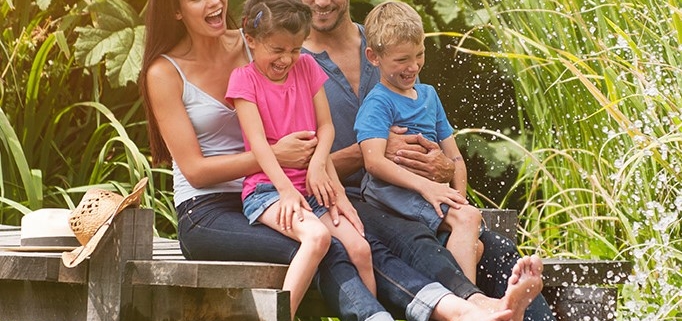What You Can Do To Prevent Drowning
In Florida drowning is the leading cause of death for children ages 1 to 4, and the top five for drowning deaths across all age groups. Floridians have already seen more children die by drowning at the end of June 2021 as compared to the first half of the previous nine years. Childhood safety advocates have sounded the alarm!
The advocates cite the exponential increase in the number of families vacationing and moving to Florida, who are not familiar with the dangers posed by water. Currently, the total number of children ages infant to 18 years that the Florida Department of Children and Families lists who have fatally drowned stood at 65. Of those, 60% of the fatalities are children age-3 and under. Shockingly, every year, enough young children in Florida die from drowning to fill three to four preschool classrooms.
“It was just a quiet little slip right into the water, no splash, no screaming, no yelling, no fight. She didn’t really make a ripple because the water masked her movement. You should be able to see them, but you don’t. They just quietly go underwater. This is how kids drown with a whole bunch of people around,” stated Olaudah Parker, father of a 3-year-old who suffered non-fatal drowning in Naples, Florida.
Children can drown sometimes in the presence of many distracted people, like backyard poolside parties. However, more than half of fatal drownings occur when children sneak outside and reach water while alone. But it can also be a nearby canal, river, lake, drainage ditch, water retention pond, small koi pond and fountain. In a state where water is everywhere, taking steps to safeguard children from drowning is critical. Constant, undistracted adult supervision, Coast Guard-approved life jackets, and technology tracking devices are good safety strategies. But safety devices and barriers only work if the environment contains them, caregivers remember to engage them, and children don’t disable or defeat them. In real life, the only water safety resource that can travel with children everywhere they go is the water safety training inside their own heads.
The American Academy of Pediatrics currently recommends swimming lessons for children as early as 1 to 4 years of age as well as all caregiver adults who have not learned to swim. Many local fire departments offer free Cardiopulmonary Resuscitation-CPR training, a vital technique needed in the event of a drowning. Preventing tragedy and unthinkable heartbreak requires all caregivers to be informed and layers of protection to be installed and used. Learn more at the link: Palm Beach County Drowning Prevention Coalition.
Excerpt from: The State of Children Drowning, Florida Weekly, July 29, 2021, By Laura Tichy, laura.tichy-smith@floridaweekly.com




